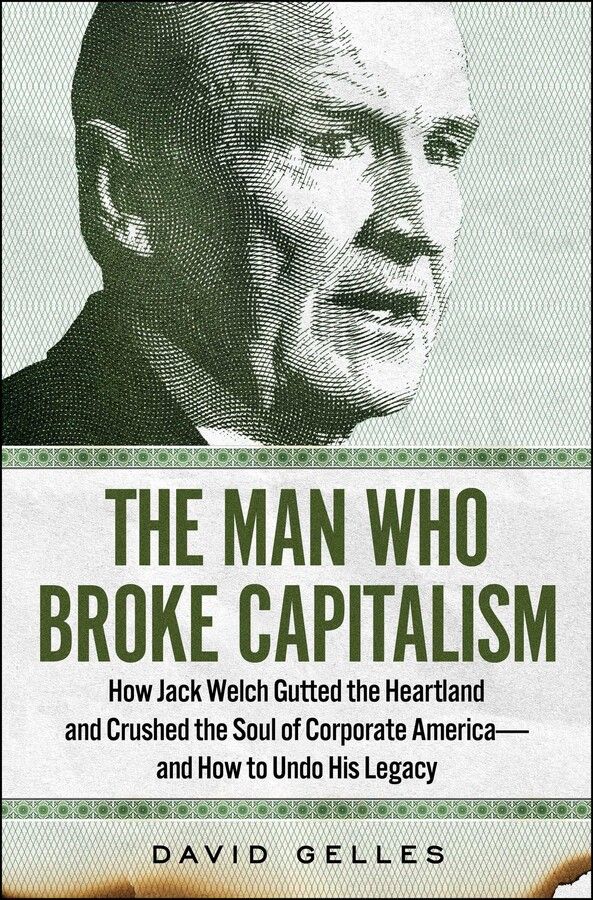GENERAL ELECTRIC LOSING ITS COMPETITIVE EDGE
In 1984, I worked as a strategy consultant for General Electric. My firm, spun out by former partners of the Boston Consulting Group, conducted production cost studies for General Electric. I was the junior consultant on the team and worked on both appliances and small motors. We conducted detailed studies of GE’s production facilities both in the U.S. and Mexico.
In the course of these studies, we completed extensive interviews with vendors, tore down GE and competitor products to examine materials and product design, and scoped out competitor plants (down to counting cars in parking lots to estimate headcounts).
Based on our understanding of GE’s production system, we built a cost model for GE. (Standard cost accounting, for many reasons, was unreliable.) With our understanding of competitor plants and product teardowns, we would then estimate a cost model for GE’s major competitors.
GE LOSING ITS COMPETITIVE EDGE
It was clear by the time Welch took that GE was losing its competitive edge.
For example, as I re-read my notes from years ago, vendors told me that in small motors, GE’s major competitor had developed a more flexible production system. Decision-making was decentralized. In today’s vernacular: more agile.
“People in the plant call the shots.” To spread innovations across their system, they “rotate their best managers” among plants. The competitor “moves quickly” and has “more flexible contracts with vendors”.
One vendor of winding equipment: “The secret of XX’s success has been the development of new production processes.” He explained how XX achieved a 97% uptime in the winding operation by quickly swapping out winding machines.
XX enforced secrecy to protect these methods. No vendor was allowed on the factory floor.
To keep up with new technology, XX made frequent visits to vendors. “Not uncommon for XX representatives to visit major vendors every 30 days.”
YY, a smaller company, was “very aggressive for its size.” “Behind GE and XX in winding technology but catching up.”
HOW VENDORS SAW ONE GE PLANT
Here are some of the comments from vendors on one of GE’s main motor plants:
“Nothing moves.”
“Aggressive in the late 1960s, but no longer.”
“Has engineers unwilling to rock the boat. They seem to be waiting to retire.”
GE’s RESPONSE
GE’s response, driven by Welch, was to see every competitive challenge as a labor cost problem. Moving production to maquiladora plants in Mexico was the default response of the business unit managers. These managers feared Welch’s default: get rid of the business. (Translation: “You failed to manage the business.”)
Welch had no understanding of productivity, value-added analysis, systems engineering, or innovation. Instead, his relentless focus on pumping earnings by reducing costs accelerated the destruction of an iconic company.
David Gelles does a wonderful job capturing Welch’s ignorance. It should now be required reading in every business school.


The Founder of the Lab at UNA and co-author of Strategic Doing: 10 Skills for Agile Leadership, Ed’s work has focused on developing new models of strategy specifically designed to accelerate complex collaboration in networks and open innovation. He is the original developer of Strategic Doing.
